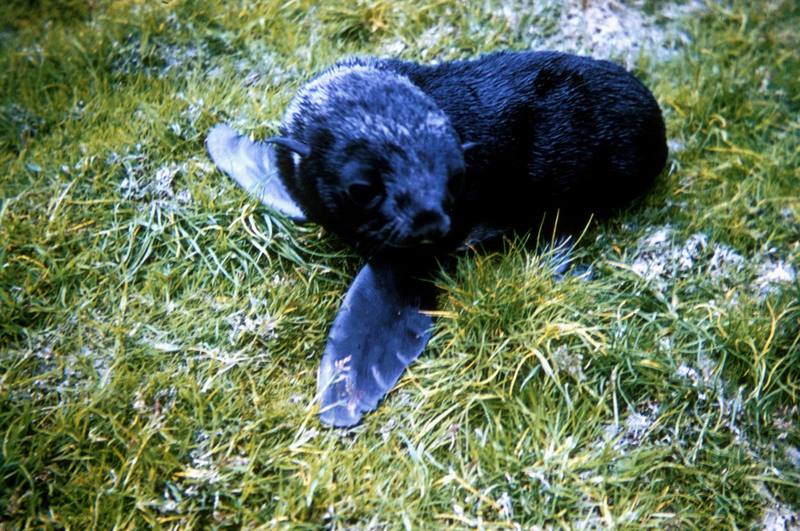|
| 질의: Mammal | 결과: 2075번째/3457 | |
Northern Fur Seal pup (Callorhinus ursinus) (물개)
| 제목: | Northern Fur Seal pup (Callorhinus ursinus) (물개)
| | 올린이: | Phoby (phoby@hanafos.com)
| |

| 해상도: 2006x1331
파일크기: 478932 Bytes
촬영일: 2005:02:21 17:42:42
등록시간: 2005:02:21 17:42:43
|
From the U.S. Fish and Wildlife Service's online digital media library.
Check http://images.fws.gov/ for higher quality version.
Metadata
Title: Fur Seal Pup
Alternative Title: (none)
Creator: Nygren, Larry
Source: WO499-25
Publisher: U.S. Fish and Wildlife Service
Contributor: DIVISION OF PUBLIC AFFAIRS
Language: EN - ENGLISH
Rights: (public domain)
Audience: (general)
Subject: 30 minutes old, marine, mammals, wildlife
Date Issued: January 08 2002 |
^o^
동물그림창고 똑똑전화 누리집
^o^
|
|